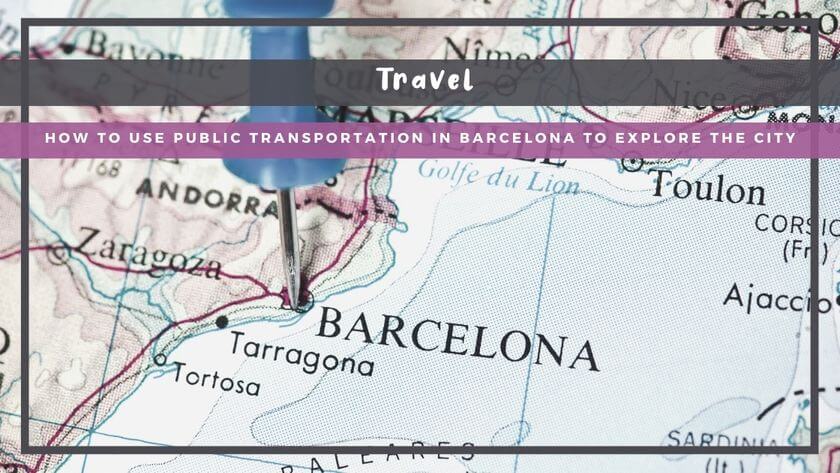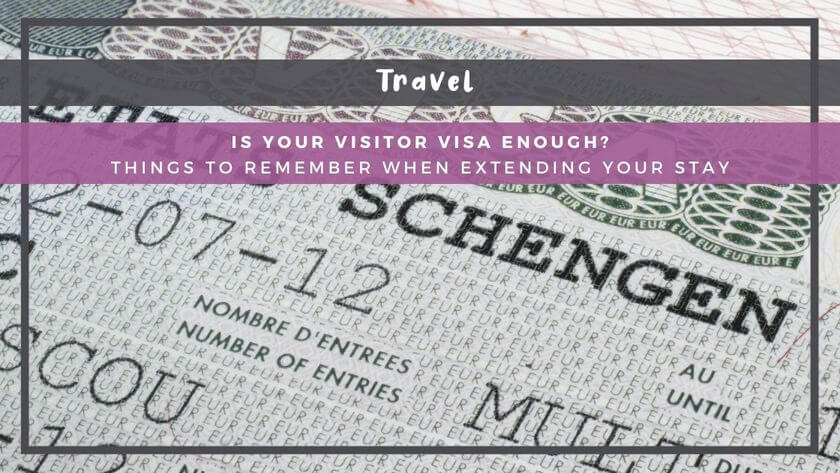Whether you pivot to become a freelancer or look into building a remote business, knowing the best payment platform early on in your business can tremendously help streamline your workflow. Even more so, if you work for international clients in which you may have to endure some additional fees like conversion rates or even bank fees to receive the funds from overseas.
Recently, I came across a lot of questions within my communities that talk about some alternative payment methods for international bank transfers. So, in this post, I'm going to share some of the best platforms to receive payment for freelancers based on my experience of working with international clients.
Although I'm focusing on the freelancers as the recipient end, this post might be useful too if you want to outsource some of your workloads off-shore.
From the mainstream PayPal to some platforms that enable you to get paid directly to your bank account like QuickBooks or Freshbooks, here's what you need to know about the best way to get paid as freelancers!
Top 8 Payment Methods to Get Paid as a Freelancer
As a freelancer, working with an international client can benefit you in some ways. Depending on where you live, you may be able to make more money than the minimum wage in your home country for less work. However, you may want to be extra careful to ensure your client can pay you for your labor!
The best way to do it is to ensure your clients that they can pay you easily so you don't have to worry about unpaid work in the future. After all, you want to get paid easily as a freelancer without making it difficult for your clients to hit that deposit you deserve, right?

Luckily, as a part of my job as a freelance content writer for a London-based invoicing software, I got a chance to venture out on some payment methods to receive and send money internationally.
Whether you do it to get paid for your work or just send money to your family overseas, here are the best payment methods to get paid as a freelancer!
1. PayPal
If you want to use a platform that almost everyone uses, PayPal is probably the best answer to your payment solution for freelancers. It is easy to use, and it has some finance features that can streamline your business workflows, from invoicing to accepting recurring payments.
But here's a catch with using PayPal as the payment method for your freelancing business: its transactional fees are ludicrous, and their conversion rate is definitely not the best!
PayPal is definitely not my favorite platform to get paid as a freelancer because of its ridiculously high fee. The PayPal fee can differ depending on your location, so it's best to calculate it before deciding your rate or pricing for your products or services.

Before making PayPal the main payment method for your business, I'd highly recommend checking out the PayPal Fee calculator to ensure that you know how much you will receive on your end after all these high fees are applied. I despise PayPal because of this, but this might be a good choice for you if you don't have any other payment alternatives for freelancers in your country!
The platform is widely used internationally except for a handful of countries where PayPal is banned, such as Turkiye or Myanmar.
Even though PayPal is banned in some countries, it shouldn't stop you from using it even when traveling there. Turkiye is one of the destinations that I regularly travel to in the past few years, and despite PayPal being banned there, I had no issues in getting access to my account there.
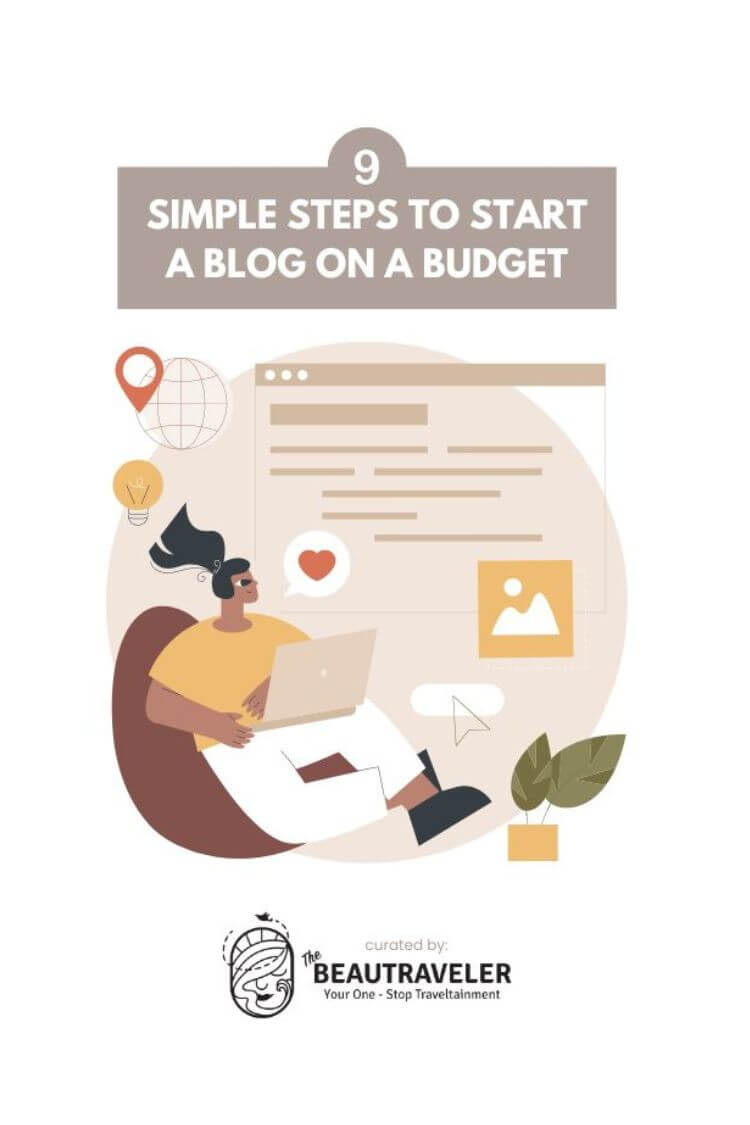
I didn't even need to use a VPN to access PayPal in Turkiye. The only problem is that when you go to PayPal in Turkiye, it will go directly to the Turkish PayPal homepage where it states that the Turkish government no longer allows PayPal's operation within the country.
If you have any problem accessing your PayPal account in Turkiye, just type this address manually on your browser: https://www.paypal.com/en/signin. The link will take you to the PayPal sign-in form, and you should be able to access your account as usual.
2. Wise
Formerly known as Transferwise, I'm definitely biased when I say that Wise is my favorite payment platform as a freelancer. The conversion rate is by far the best compared to some other platforms that I've personally used, and not to mention how fast I can transfer the money to my bank account!
The Wise feature isn't as robust as PayPal, as you won't be able to send an invoice using the platform. However, Wise is a good substitution for a conventional bank account as depending on where you live, you may also be able to request a debit card that you can use for easy payment worldwide.
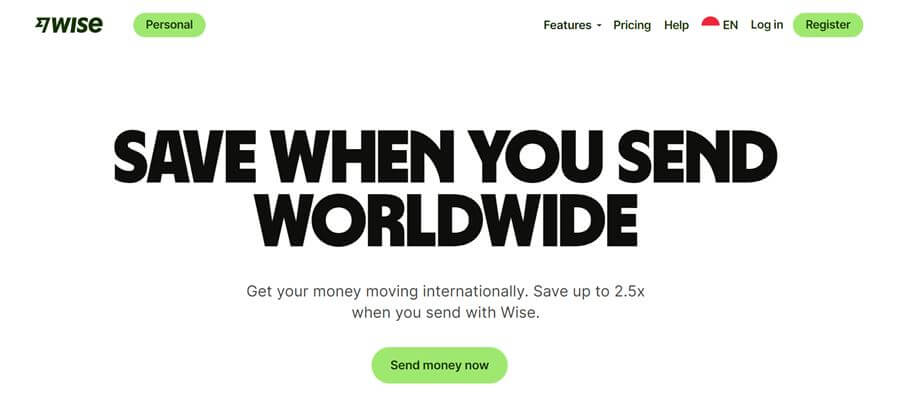
I first heard about Wise when I helped my friend to do some paperwork for her marriage documents as she lives in Denmark. After I got pickpocketed in Serbia, I decided to request a debit card and send it to my friend's address in England so he could send it to me when I was in Turkey. It's still my favorite fintech of all time, whether for my personal or professional use!
What I love about Wise is that they have a feature to create a link for a specific payment, so you can just generate one for each invoice and share the link with your clients. Your clients will have the option to pay either using their Wise account or their bank cards. It's convenient for both ends!
3. Skrill
I used Skrill to transfer money to my ex a few years ago, and the platform has developed so far ever since. On top of sending and receiving money internationally, you can also trade cryptocurrency here.
Although I never really used Skrill again ever since, I still have my account as a backup just in case I need to send money where Wise isn't available. If I had to choose between Skrill and PayPal, I'd definitely choose Skrill – although it's not exactly a popular option to receive payment for freelancers.
You have two options to use Skrill: whether you use its e-wallet feature like PayPal, or you can also use it to send money internationally using your bank card.
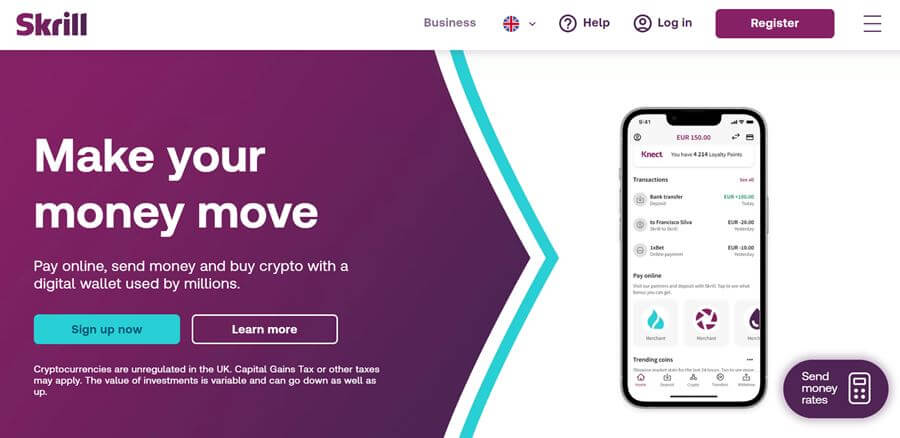
While PayPal has so many hidden fees for every transaction you make through the platform, Skrill is pretty transparent in charging 2.99% of the total amount of money if you make a transaction via its e-wallet feature. It might sound inconvenient; but compared to PayPal, where you need to at least prepare to pay 4% depending on where you're based, Skrill definitely sounds slightly better in terms of the fee!
So far, I rarely meet clients or companies who have heard of Skrill before so I have never used the platform apart from when I sent money to my ex's bank account years ago. But I definitely think Skrill has what it takes to be one of the best platforms for getting paid as freelancers!
4. Payoneer
Payoneer is probably one of the most popular payment platforms alternative to PayPal. It's widely used worldwide, although I personally have an inactive account that I've only used once ever since I signed up for an account.
When I created an account in 2017, I couldn't figure out how to connect Payoneer to my Indonesian bank account so I gave up, and I had to stick with PayPal instead. But I know a lot of people recommend Payoneer as it charges less than PayPal.
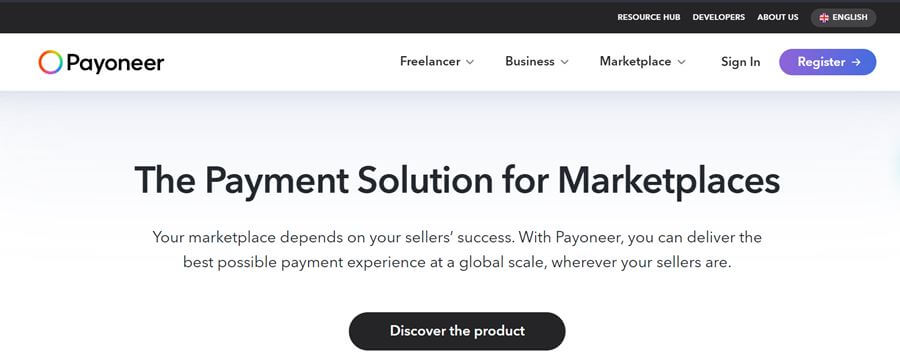
I once used Payoneer to send my friend some money overseas, but I used my bank card back then, so I thought the way Payoneer worked was similar to Skrill or Wise in that case.
You can generate bank account details in the currency of your choice with Payoneer, so it can probably help if you have clients based in specific countries like the US or the UK, since you can just send them your account details so they can transfer the money from their local bank account easily.
Payoneer users in some countries are also eligible to request debit cards like Wise or Revolut. My friend in Serbia doesn't use a conventional bank, but he uses Payoneer and has its debit card for his personal use instead.
However, Payoneer has recently updated its policy, as they now charge $29.95 for an Annual Account Fee if you make less than $2,000 USD per year.
It can be beneficial if you use Payoneer as your main payment platform as freelancers, as you can use it for free without having to pay the annual fee. However, if you use other payment platforms sporadically, you may want to consider whether you can justify paying extra $30 USD for your account before using Payoneer to get paid by your client!
5. Stripe
I don't have firsthand experience with Stripe since it's not available yet in Indonesia, but I know Stripe is quite popular as a payment platform for freelancers.
You can sign up for a new Stripe account for free, and your clients can choose any payment method they prefer; whether they use their bank cards, e-wallet, or wire transfer.

My friend Lili uses Stripe to get paid by her clients in China. She uses the combination of Stripe and Wise accounts to receive the payment, although you can also connect Stripe with your conventional bank account.
Stripe charges per transaction depending on the client's preferred payment method. For instance, if the client uses bank cards like Visa or Mastercard, Stripe will charge 30¢ plus 2.9% of the amount of money you receive through your account.
It's still far less than what PayPal charge, so I'd definitely recommend Stripe if you're eligible to register an account there!
6. Square
I have an inactive account on Square, but I've never really used it so I can't speak too much of it. From what I see, Square is pretty much the direct competitor of Stripe, except that Square seems to be available in more countries than Stripe.
You can sign up for a Square account for free, and they will take a cut from all the transactions made through their platform. However, Square seems to charge a tad bit more than Stripe if you use a free account.

In fact, it's pretty high to the point that it's quite reasonable to just stick with PayPal rather than having to go above and beyond using Square for the payment method as freelancers.
However, Square also comes with robust features in its platform that make it worth considering as a platform to receive payment for freelancers. You can set up recurring payments on Square, and even customize receipts using your branding colors. On top of that, you can also set up your account to calculate tax!
7. GoCardless
GoCardless service as a payment platform is limited to only 30++ countries, so if you come from a third-world country like me, I doubt that you can use GoCardless as a payment platform for your freelancing works.
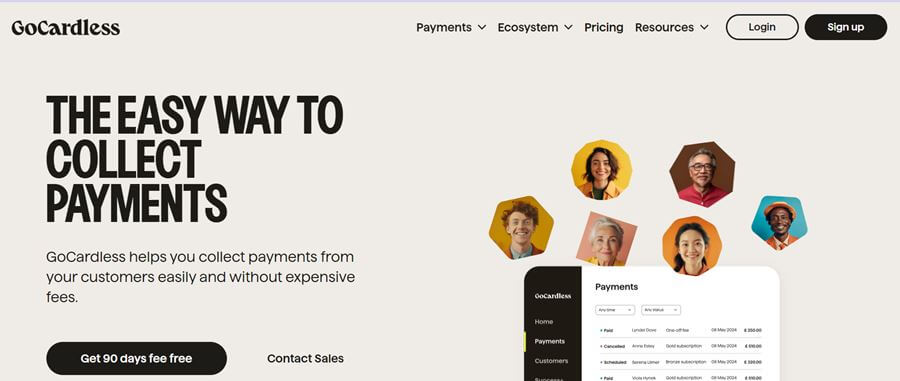
However, GoCardless seems like a great choice for a payment platform if you have retaining clients. You can set up recurring payments using GoCardless, with a relatively low fee starting from 2% of the total amount of the invoice plus £0.20 for international payments!
8. Accounting Software with Built-In Payment Request Features
Using third-party payment tools like the above platforms can be pretty stressful if you have to file a dispute. Luckily, there is also some accounting software that offers a built-in payment request feature that you can connect directly with your bank account.
I recently tried out Quickbooks and Freshbooks as a part of my job as a freelance writer for an invoicing company. Both offer built-in payment request features, which you can easily integrate into your bank account.


While Quickbooks and Freshbooks are both paid software, their starting plan is quite affordable, especially if you want to minimize using third-party to receive payment.
Depending on where you are, it seems like QuickBooks has a bigger network with more than 20,000 banks worldwide. When I tried out the platform, I was amazed that I could integrate QuickBooks with my Indonesian bank account.
Meanwhile, Freshbooks has a better interface, but their banking networks aren't as robust as QuickBooks. For a start, I can't find Indonesian banking networks on Freshbooks. All I could find there are banks from typical first-world countries like the US, UK, Canada, or Australia.

Conclusion
Deciding the payment method is an essential part of freelancing, especially if you deal with international clients. You need to come up with a consensus on the payment platform that makes it easy for clients to pay you, so you can get paid faster as a freelancer.
Choosing the platform to receive payment for freelancers can be tricky, as each payment processing tool usually has its pros and cons that make it better than the others.
For me, Wise is by far still the best payment platform I use as a freelancer. It has a decent conversion rate, and its transactional fee is really low compared to other payment software.
Meanwhile, I would avoid PayPal if I could since its high transactional fee is outrageous. There are times when they cut around $20 to $25, which I find ridiculous considering that amount of money will be enough for 15 meals in Indonesia!
So, those are the best platforms to receive payment for freelancers. Are you a freelancer using another platform you want to recommend? Or do you want to share your insights about your favorite platform and why? Share in the comment below, and cheerio! 😉



Marya The BeauTraveler
I am the founder and main editor at The BeauTraveler. I spent 4 years working in the aviation industry but ironically got to travel more right after quitting the industry in 2015. Born and raised in Indonesia, I started working remotely in 2017, and while I stay at home most of the time, I also regularly spend 2-3 months living a semi-digital nomad life elsewhere every year.
Disclaimer:
This post may contain affiliate links. I receive a small commission at no cost to you when you make a purchase using my link.






